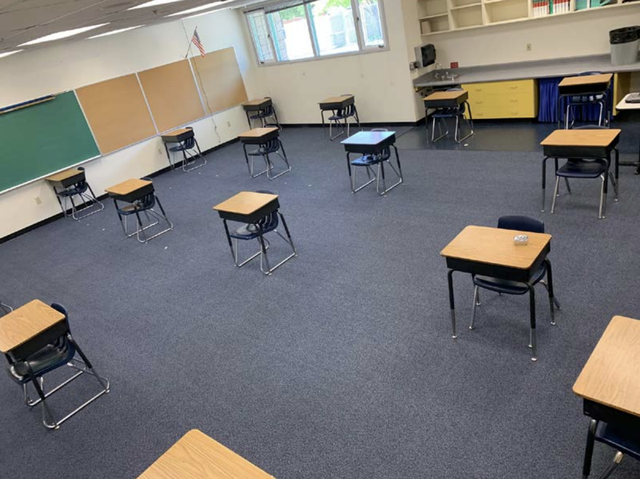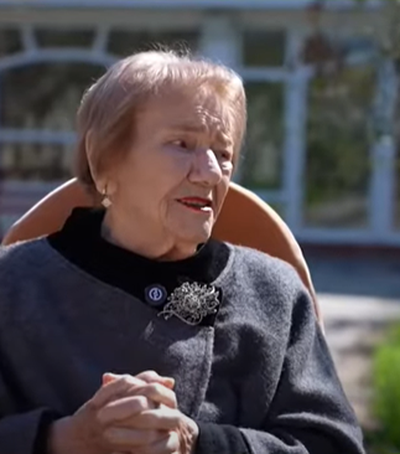
Learning on the online platform and all the challenges associated with it have shown that the place where we learn is important. This truth has exploded as we have overcome the reality of distance learning. All the problems of internet access, and the lack of communities have emphasized the need to return to the same physical space as before. Returning to school buildings for the first time since we were all accustomed to learning on online platforms will be a stressful event.
But if teachers and heads of educational institutions consider these 3 ways to practice teaching, returning to the classroom can become more practical and effective.
Unrestricted return to school is simply out of the question during the spread of COVID-19. In the first months of the opening of school institutions in the new academic year, students can return to school in limited capacity. The number of elements that remain out of our control (desk space, movement in and between classes, scheduling) is large. But despite this fact, educational institutions can take some steps to prevent the spread of the virus and to allow students to benefit from the places where they will learn.
1-Optimization of space
Fill in the blanks with just the basics. During online learning in the first months of the pandemic, we may have realized that students can learn without blackboards and posters. To eliminate unnecessary posters on the walls, teachers should ask nature questions:
Can I eliminate more learning resources and school tools from the classroom to focus students on the content of the lesson and increase their space of movement?
By answering these questions and focusing on the spaces you can control, you will allow the classroom to be a place of normalcy at a time when the rest of the world feels different and distant.
2-Design of spaces allowed for movement
The science of learning continues to show us that movement is essential for optimal learning. But in this age of social distancing, design elements need to mitigate the risks of virus spread. In some places, moving learning to an outdoor space is an opportunity for greater commitment and joy to learn. Model the power of learning near natural light and bringing fresh air into the mix whenever possible so that students can carry this into their home learning spaces. Allowing students on the side of the classroom or near windows can allow social movement and distancing during class.
3-Promoting positivity
Face-to-face time does not have to be a classroom filled with the teacher’s voice, as most of this can happen in virtual learning. Instead, use this time to connect and listen with students and promote conversations. Synchronize time and space design to support the academic and emotional needs of all students.
With these efforts, we can heal, stay healthy, and continue to bring a deep sense of humanity to the community of school institutions.
Author, Klea Gjuzi, Albanian student in America





